How to start an Activewear brand
Lot's of people ask me how to start a sportswear business; the athleisure market has grown massively in recent years and many new entrepreneurs want to take advantage of that. As a startup specialist I work with a lot of new brands and lately it feels like every other request that arrives in my inbox is for a swim or active brand. So, I thought I'd write an article on specifics to consider when starting an activewear business (there's one on swimwear here too).
The general process of starting a sportswear brand is the same as any other clothing product, so you can also refer to the 'How to Start a Fashion Line' series here and also to the 'Fashion Startup Online Course' here. This will give you an overview of things you need to do, such as defining your target customer, creating a plan, designing with intention and producing technical documents before you approach a factory.
However, there are some specific considerations for activewear product too, which I'll cover in this post. I've worked with lots of activewear brands and many want special features 'like Nike' or 'like Lulu Lemon', but don't really understand what this means exactly, or why this could actually be bad for them.
Realise that, you're not Nike
I can't tell you how many times a client has come to me and said 'I want to use the same fabric as Nike'. As a startup, this isn't realistic but, there's lots of sports fabrics available to you. Big sportswear companies have their own in house development teams - scientists who create custom fabrics for them. The details of these fabrics never leave the brand and are under strict confidentiality agreements, so these fabrics aren't available on the market. As a startup, obviously you won't have the budget to have your own team of scientists, so you'll want to look at suppliers who create fabrics with performance features for smaller businesses. Thankfully, there are suppliers out there who offer this, but you will need to do some digging; lots of fabric suppliers will only sell to people who are prepared to buy hundreds or thousands of metres, so the trick is finding someone who will let you buy a small amount suitable for a startup.
Specialised features
One of the key differences with starting an active brand vs a 'typical' clothing brand, is the fabric. A lot of people I speak to who are new to the industry are surprised to learn about how complex fabrics are. This is a specialist type of fabric, you don't want something which is going to go out of shape or stretch so much it falls down, right? You can also use fabrics as a way of adding extra value to your customers. For example, there are sports fabrics available which are antibacterial, or moisture wicking (they move sweat away from the skin), or breathable (so you're not working out feeling really overheated). You need to think about your target customer and whether they would expect to see such features in the range - there's a big difference between people who are looking for 'athleisure' (clothing you can work out in, but also wear to the shops) and 'sportswear' (clothing for people who want to work out and have their performance increased with the help of the clothing).
Aside from the fabrics, there's also speclaised construction methods for sportswear, which make the garment more comforable to wear and prevent the seams rubbing against the skin. You also need to make sure that the design offers enough movement and stretch.
Think outside the box
There is a lot of competition out there. It's not all bad, competition shows there is a consumer demand, but it does mean that you need to work extra hard to stand out. I see so many brands who come to me wanting to recreate designs from other labels - you can't stand out if you're copying someone else! I understand that some people want to be on trend, but you can still be on trend and not copy people. You can interpret the trend in your own way and tailor it to your brand.
In my online course, I have a whole lesson on trends and the concept of trend led vs trend relevant. I go into detail on how it works; essentially, you need to ask yourself if you want to be a fashion trendsetter, or be trend relevant. If you don't have a 'fashionable' brand, it's still worth being trend relevant. For 2 reasons, which are (in a nutshell);
Editors usually put articles together based on a specific trend. Even non-sports or non-fashion related publications, like 'The Lady' or in the newspaper. These media outlets are on the lookout for product to align with trends and features they're working on - if you don't fit into those on some level, you're much less likely to be considered.
Customers are aware of trends, even if they don't follow them. Partly because of the point above and also because they'll notice retailers are showing similar themes and/or colours. If your brand is off on it's own, you're less likely to fit in with purchases the customer has already made and will need to wear your items with.
Starting a sportswear brand is an exciting opportunity to create something unique and have fun designing - take that opportunity! By coming up with something unique, you'll not only set yourself apart from the competition, but you'll also make it easier for yourself, when it comes to promotion. For instance, bloggers and influencers don't want to be featuring the same thing all the time; if your brand and pitch stand out, it's much more likely you'll get featured.
Build a range
I find that most new entrepreneurs that come to me think about their designs separately, rather than as a range. In my opinion (and also many others!), one of the best ways to make your fashion business profitable is to make 'add on sales' - essentially selling more than one item to each customer. To make this work, you need to design your collection in a way that lets customers mix and match across your range. The idea is that in a small collection, everything can be worn together - giving the customer more options and (important for sales) more reasons to buy. For example, if you have a black full length legging and a 7/8 legging, they're 'competing' with each other - chances are people won't buy both from you. But if you have a legging and a co-ordinating top, the customer might by both. That's a really basic example, but hopefully it illustrates the point!
Manufacturing approach
At the moment, there's a slight 'supply and demand' issue which is making it harder for new brands. Before, factories would work really hard to get business, they'd reply in a timely manner and answer all of your questions, because they wanted to get new clients. Now, they're often fully booked and are too busy to do this, so if a brand doesn't come to them with the right information, they'll either ignore you, or worse, take advantage of you. So you need to be prepared with your tech packs, quantities and timeline, before you make contact. This way, they'll not only know you're serious (because you're prepared), but they'll also know it'll be harder to take advantage of you (because you've already outlined your expectations in a tech pack).
Also keep in mind that you'll want to look for a supplier who specifically works with sportswear - as I mentioned the construction is often specialised and therefore so is the equipment. A factory who specialise in something like t-shirts are may not be able to help with a product like leggings, because the equipment used is different.
I hope this post has helped you with starting your activewear line. If you're interested in starting a brand, I'd love to hear from you. You can ask questions in the comments box below, or contact me here, to see how I can help you with your brand, or simply to say hello!
I hate spam too - if you sign up to this email list, your details won't be sold or leased to anyone else. I will email you from time to time with helpful content and occasional offers, which you can unsubscribe from at any time.

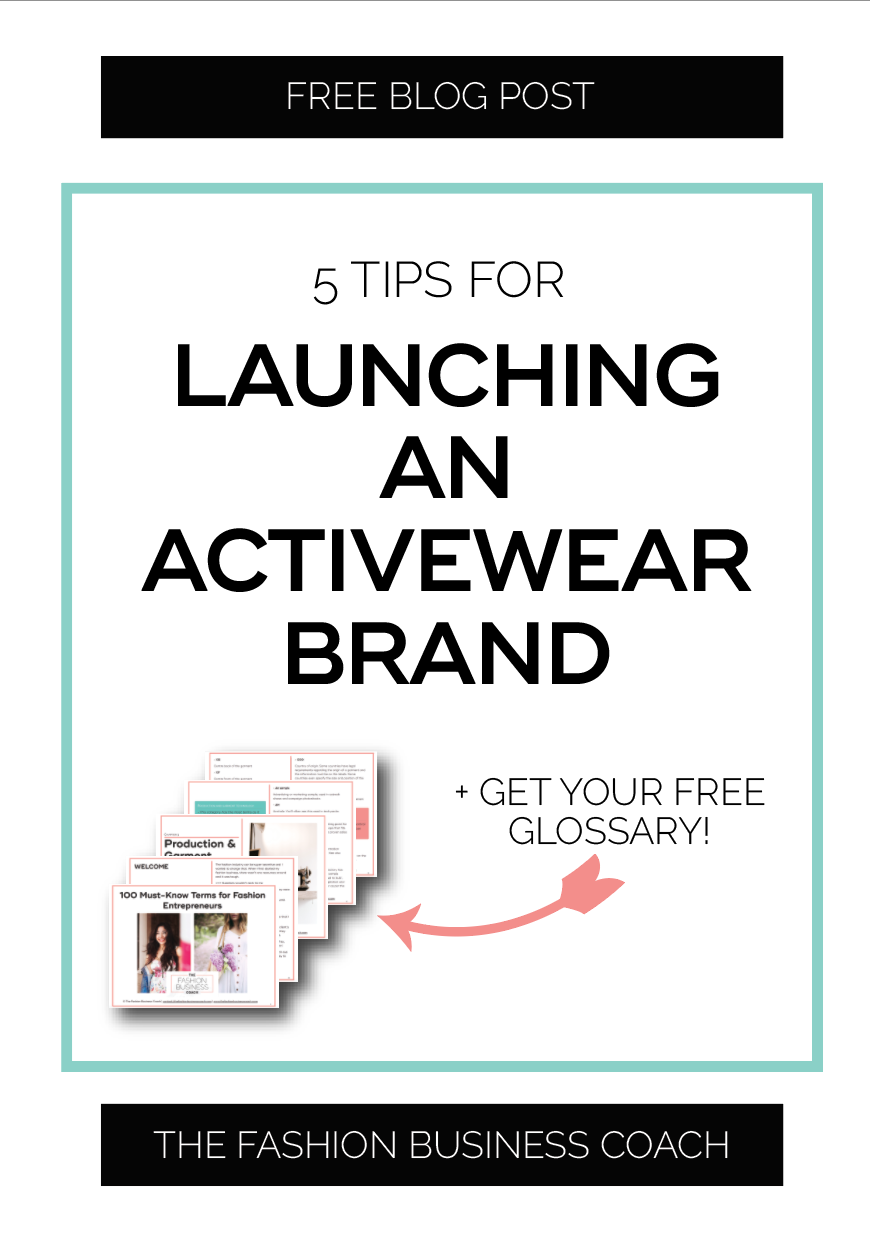
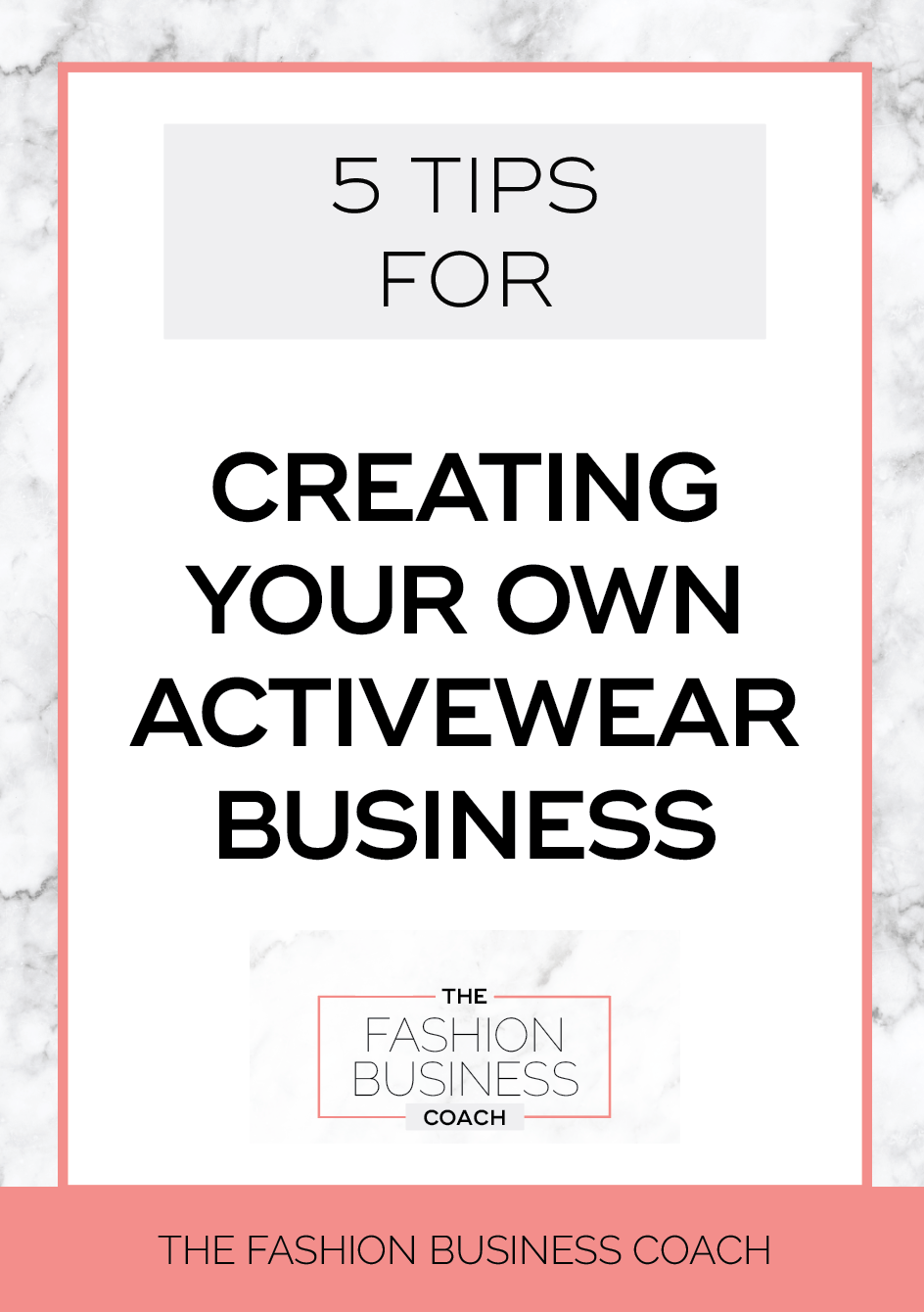
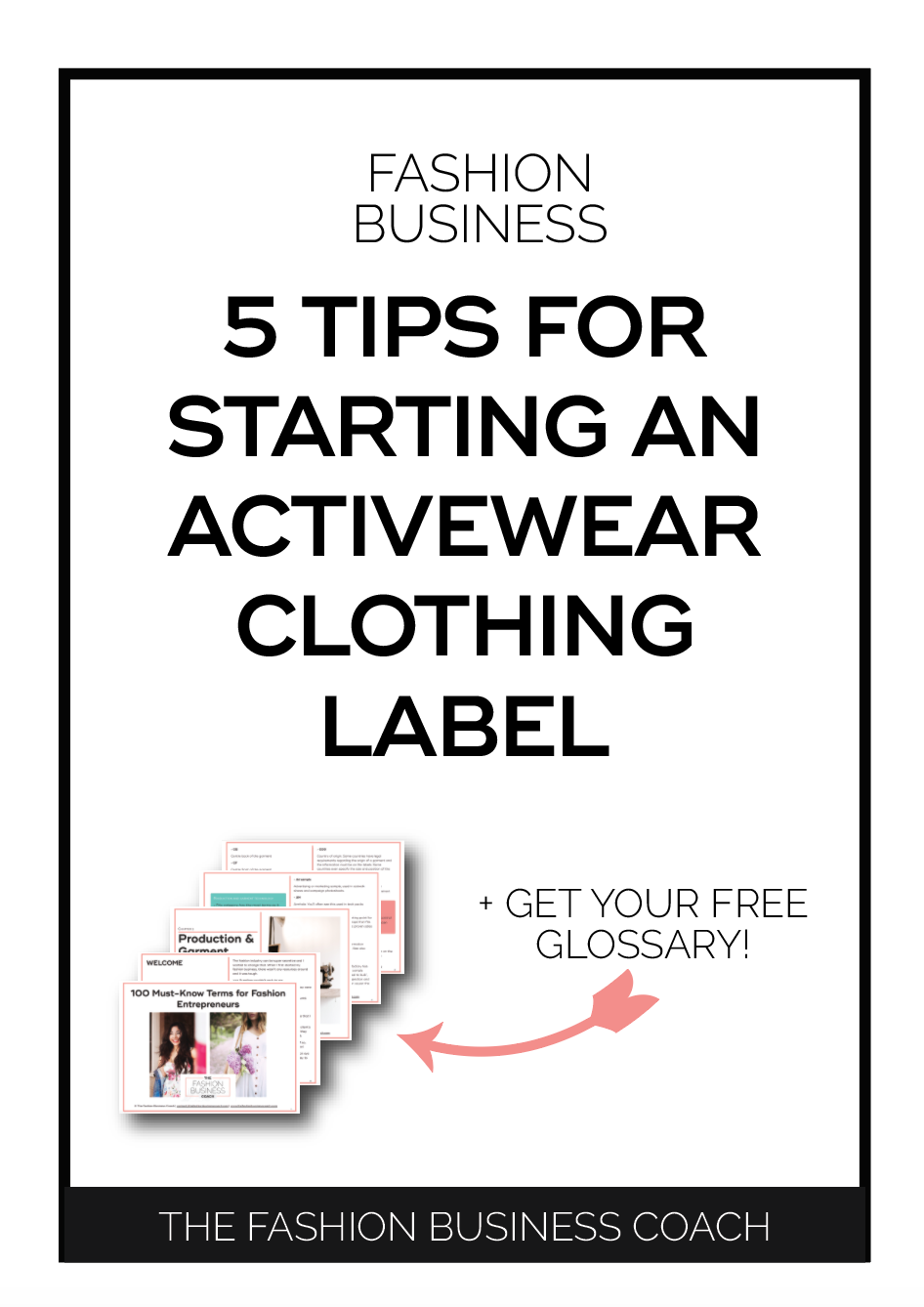

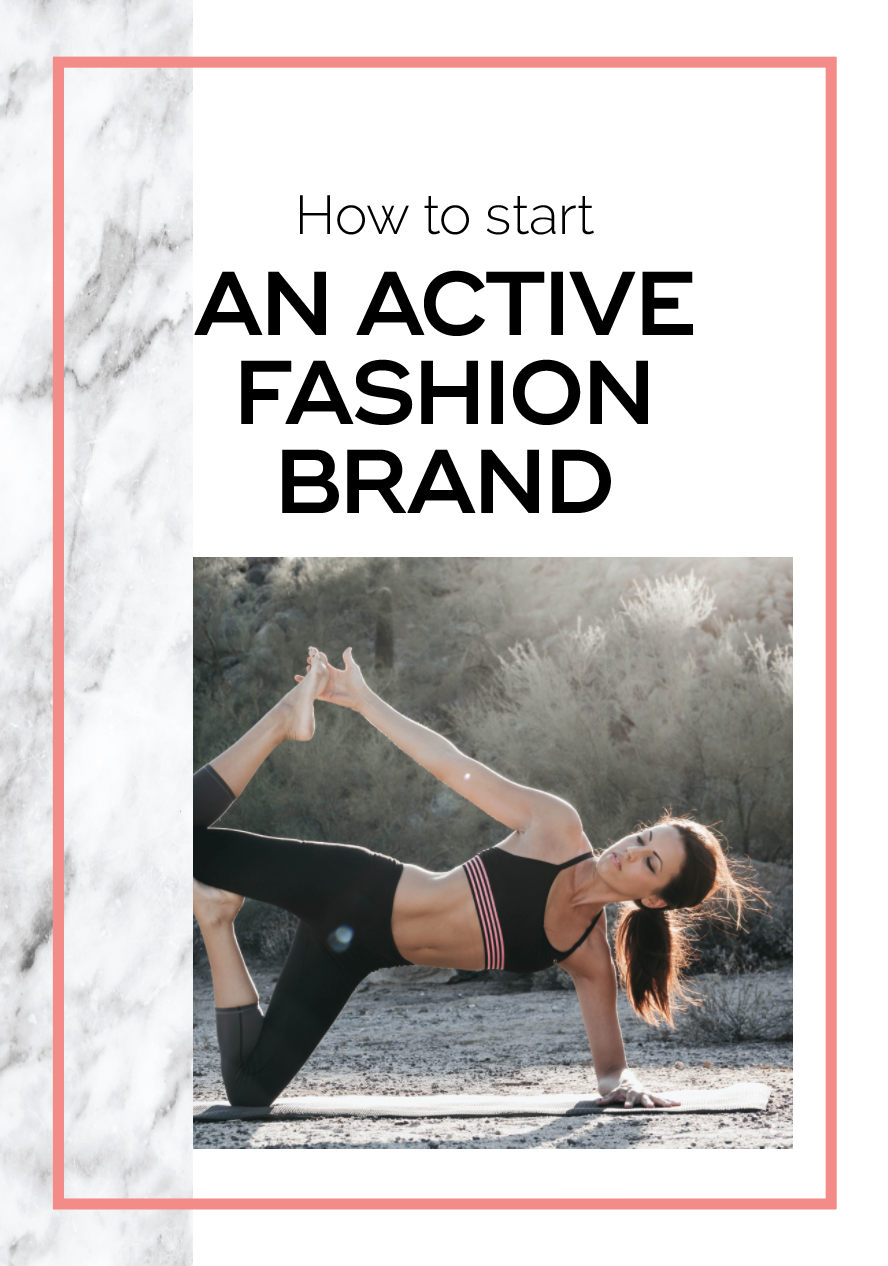
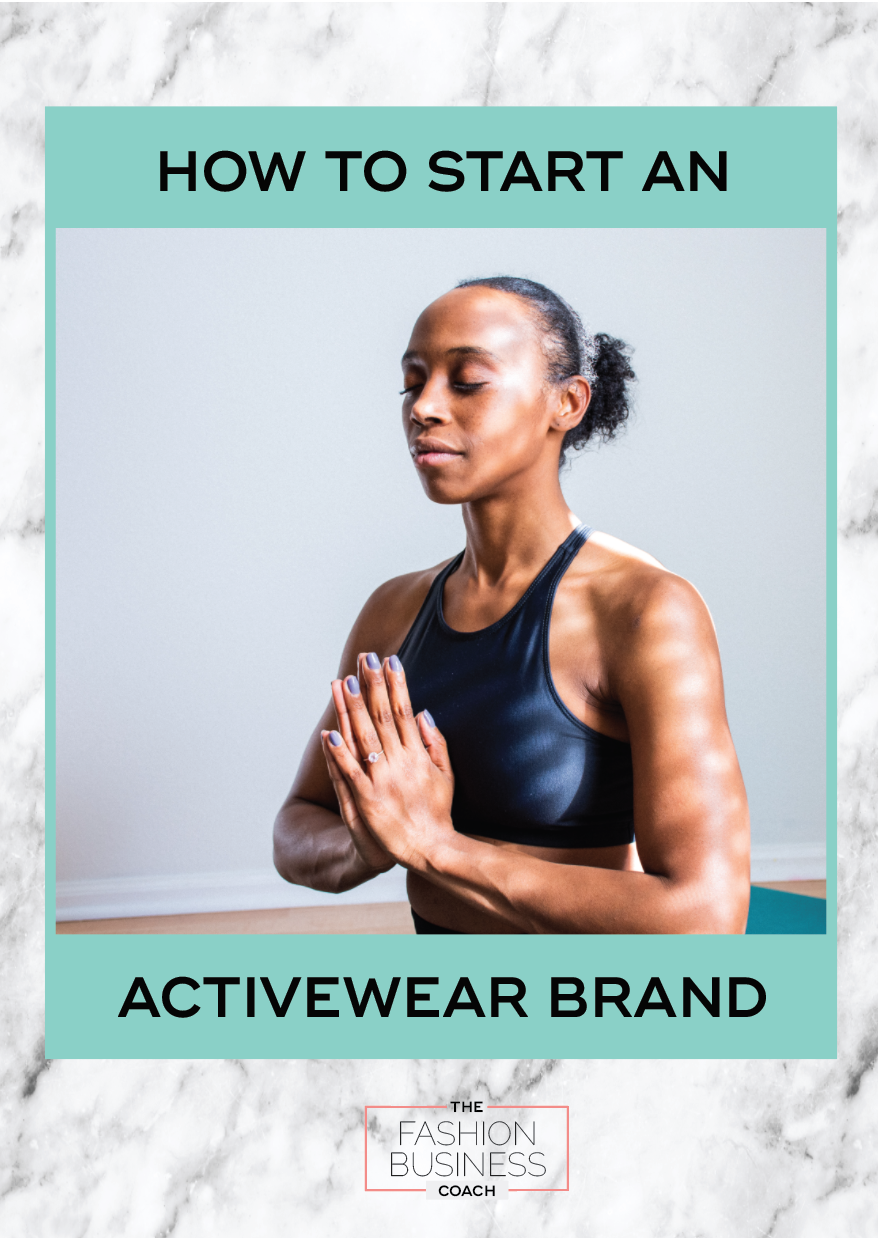
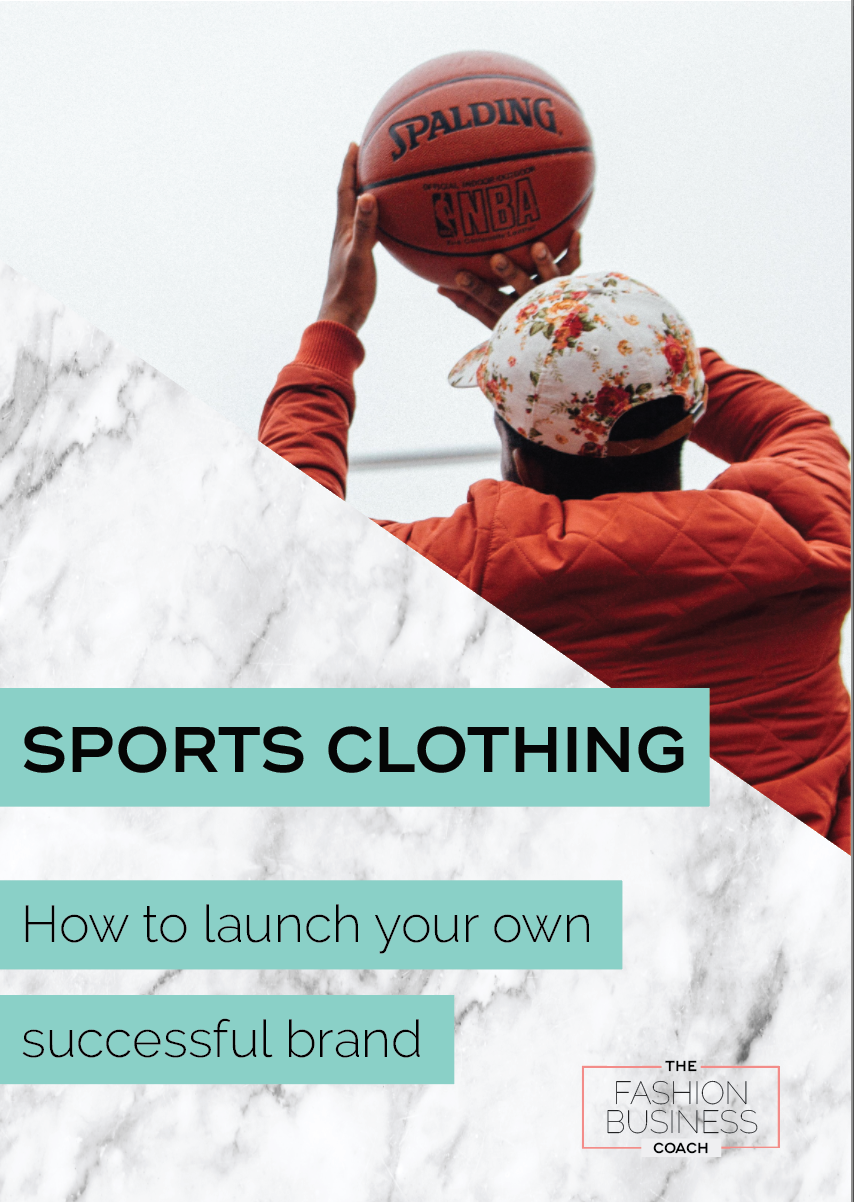
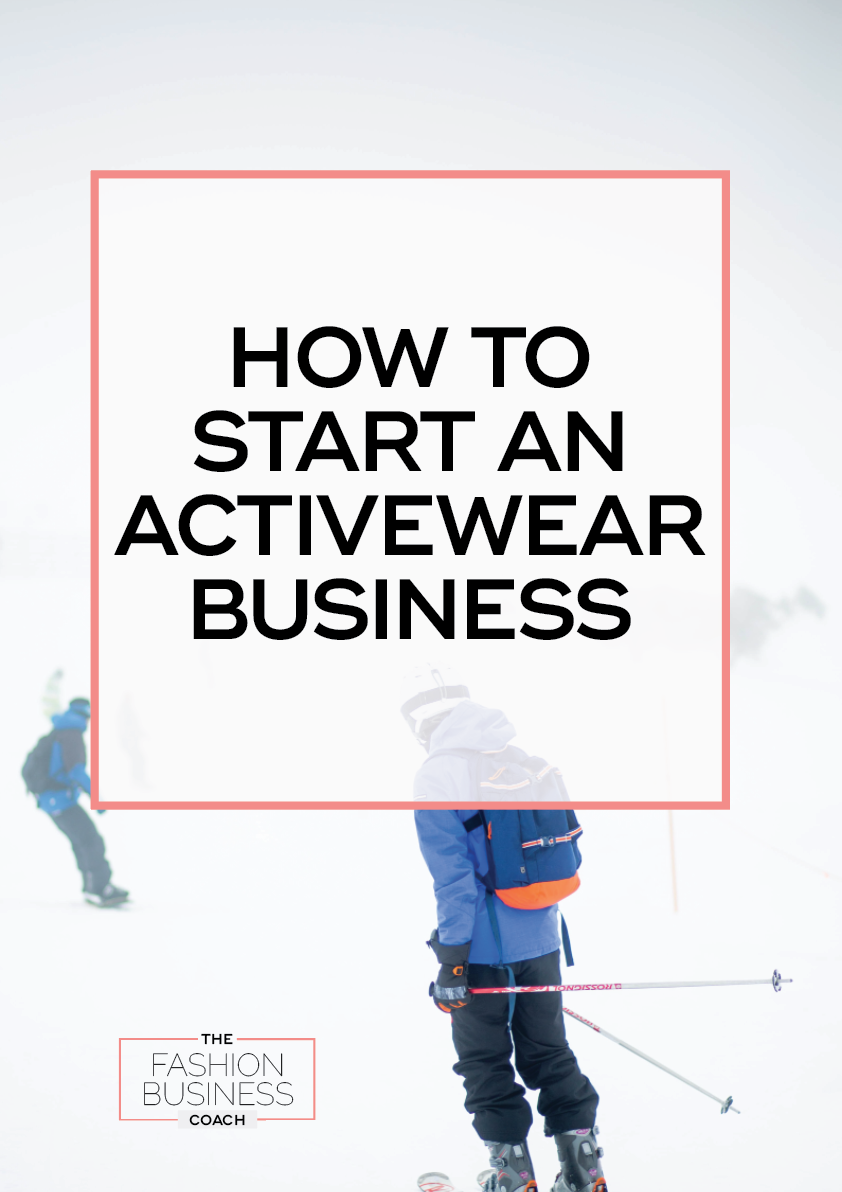





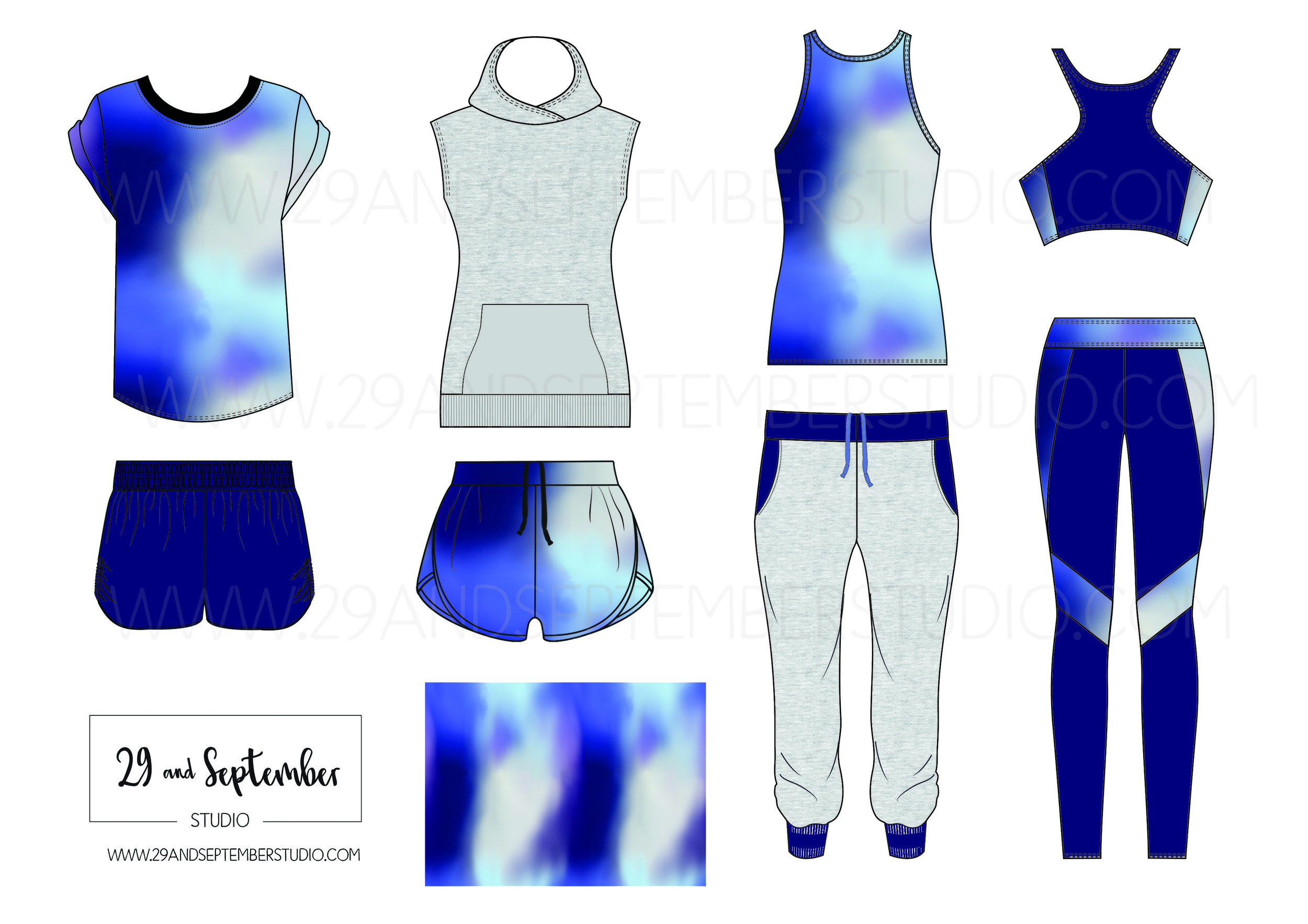












Pickleball outfit inspiration……